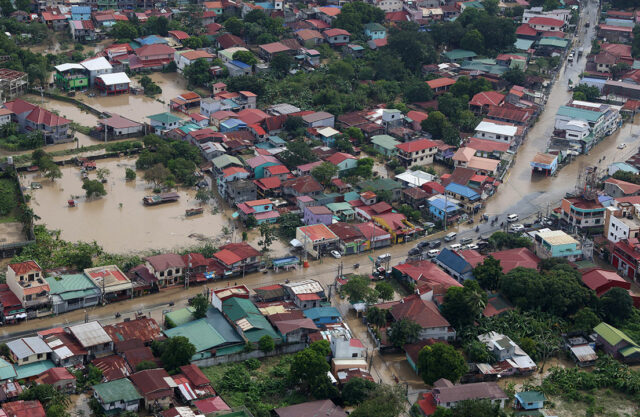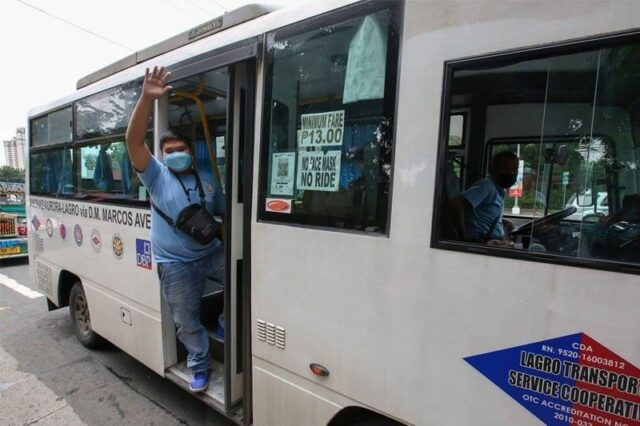Gov’t urged to address online child sexual exploitation
THE MARCOS administration should urgently address the online sexual exploitation of Filipino children by strengthening child protection laws and allocating funds for their programs, a party-list group said on Tuesday.
The Gabriela Women’s Party said that impoverished Filipino children are the “primary victims” of online sexual exploitation by foreigners.
“It is absolutely horrifying that the Philippines has become a global hotspot for online sexual abuse and exploitation of children,” Sarah Jane I. Elago, one of Gabriela Women’s Party nominees for the 2025 midterm elections, said in a statement.
Nearly one in every 100 children in the Philippines were trafficked to produce child sexual exploitation material in 2022, according to data from the International Justice Mission (IJM) and the University of Nottingham’s Rights Lab.
Demand for online sexual content of exploited children mainly hailed from the “United States, United Kingdom, Australia, Canada, and Europe,” they stated.
Justice department Spokesman Jose Dominic F. Clavano IV said in April that the government intensified efforts against cases of child pornography and abuses by putting in place policies and operational plans.
He said 74% of sexual abuse cases against children were found to be perpetrated by people closest to them or individuals within the victims’ “circle of trust.” This refers to parents, close relatives, and those who assert moral influence over the child.
The same IJM report found that nearly a quarter of a million adult Filipinos, or roughly three in every 1,000, were involved in trafficking children for such purposes.
Ms. Elago said the government’s “negligence and misplaced priorities” allowed child predators to abuse children with impunity.
“The Marcos Jr. administration’s negligence and misplaced priorities have created a perfect storm where predators can operate with impunity while our children suffer,” she said.
“Instead of allocating sufficient funds for child protection programs and social services, this administration continues to prioritize military spending,” she added.
Ms. Elago urged the government to establish a “comprehensive monitoring system” to catch child predators. “The internet should not be a playground for predators.”
International cooperation to prevent children’s sexual exploitation should be prioritized by the government, she said, while also pushing for more social protection and poverty alleviation programs to address their vulnerability of being sexually trafficked. — Kenneth Christiane L. Basilio












